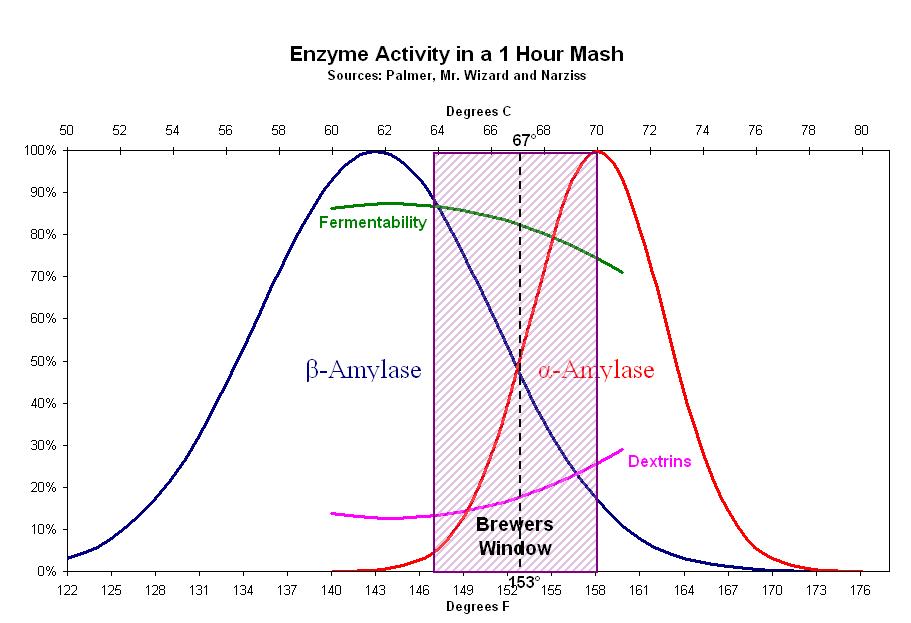Joewalla88
Well-Known Member
I was throwing together a quick batch of beer today, and I my rush I ended up mashing higher than I wanted. If I just let it mash for longer and let the temp drop, will it help with conversion. I want this beer to have some body, but not quite what it's going to have at the current temp. I've never really had major issues hitting my mash temps so I'm not sure how this is going to end up.










































![Craft A Brew - Safale S-04 Dry Yeast - Fermentis - English Ale Dry Yeast - For English and American Ales and Hard Apple Ciders - Ingredients for Home Brewing - Beer Making Supplies - [1 Pack]](https://m.media-amazon.com/images/I/41fVGNh6JfL._SL500_.jpg)















